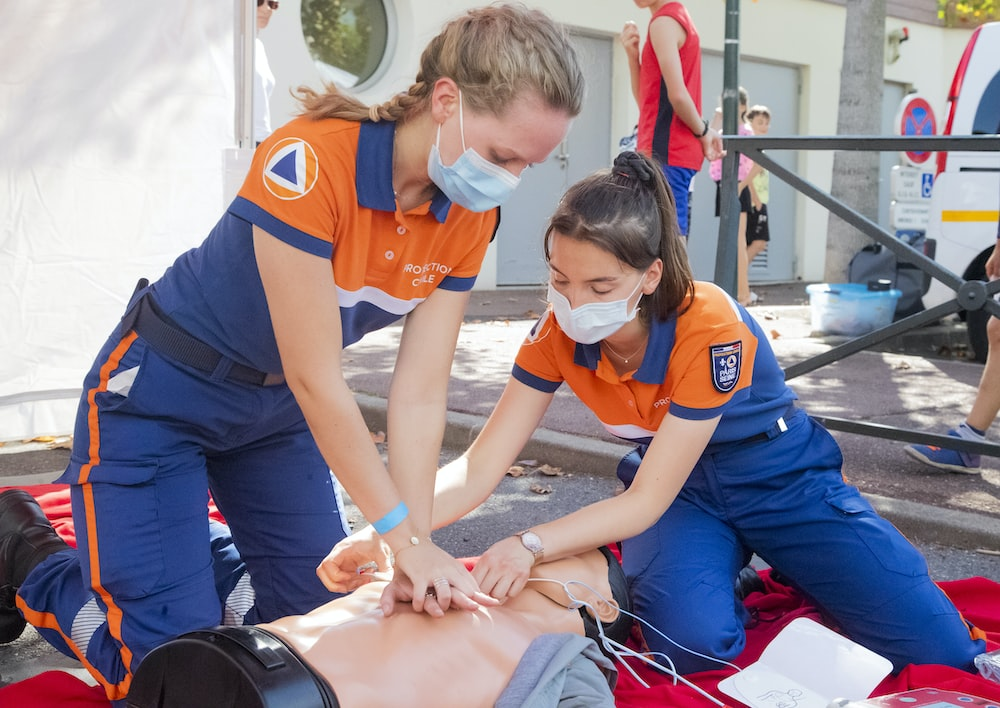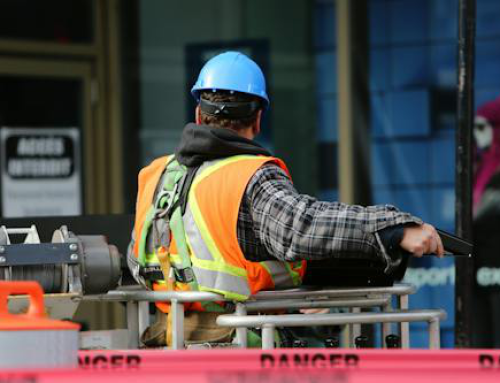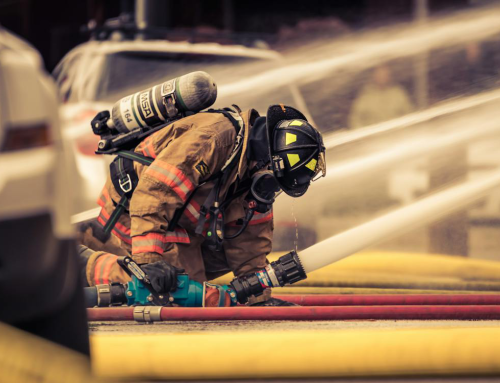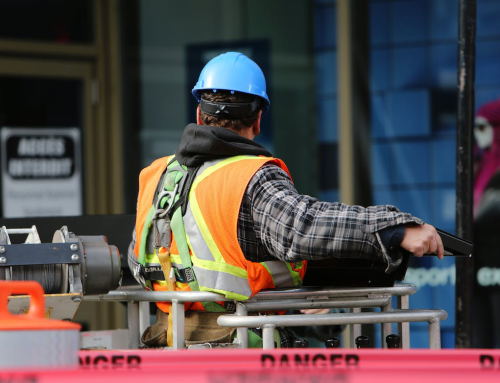If you work in heavy-duty industries like construction or fire safety, you understand the importance of workplace safety. Accidents can happen, and being prepared to respond quickly and effectively can make all the difference.
One vital skill you should have in your safety toolkit is Cardio Pulmonary Resuscitation (CPR). Our Vancouver Workplace Safety Courses offer comprehensive training, including CPR, to ensure you’re prepared for emergencies.
This blog will discuss how to safely deliver CPR while also sharing what not to do in order to save lives.
The Do’s
1. Check for Responsiveness
Before anything else, ensure the scene is safe. Tap the person gently and shout loudly, “Are you okay?” If there’s no response, immediately call 911. Every second counts in a cardiac arrest situation.
2. Begin Chest Compressions
Place the person on their back on a firm surface. Position yourself at the victim’s chest. Interlock your fingers and, using your body weight, push hard and fast (at least 100-120 compressions per minute) on the center of the chest. Allow the chest to fully recoil after each compression.
3. Use An AED If Available
An Automated External Defibrillator (AED) can be a lifesaver. If one is nearby, follow its instructions. These devices can analyze the heart rhythm and deliver an electric shock if necessary.
4. Provide Rescue Breaths
If you’re trained and comfortable giving rescue breaths, provide two rescue breaths after every 30 chest compressions. Ensure the chest rises visibly with each breath.
5. Continue Until Help Arrives
Keep performing CPR until emergency medical services (EMS) arrive and take over. Don’t stop unless the person starts breathing normally or you’re too exhausted to continue.
And The Don’ts
1. Delaying Action
Time is of the essence in a cardiac arrest. Don’t hesitate to call 911 and begin CPR immediately if the person is unresponsive.
2. Ignoring the Recoil
Allow the chest to fully recoil after each compression. Don’t lean on the chest; this ensures effective blood circulation.
3. Interrupting CPR for Extended Periods
If possible, minimize interruptions in chest compressions. Changing CPR providers should be done quickly and efficiently to maintain the compression rate.
4. Using Too Much Force
While it’s crucial to compress hard and fast, avoid excessive force that could cause injury. Follow the recommended compression depth of at least 2 inches for adults.
5. Neglecting Rescue Breaths
If you’re trained in rescue breaths, don’t skip this step. Adequate oxygenation is essential for the person’s chances of survival.
Now that you’re all caught up on how to safely deliver CPR let’s talk about the importance of getting trained. Our first aid courses in Surrey and Vancouver are designed to equip you with the knowledge and skills needed to respond effectively in emergencies. We follow Red Cross First Aid guidelines, ensuring you receive top-notch training that adheres to the highest standards.
Visit our website to learn more about our Vancouver Workplace Safety Courses. Enroll today to ensure you’re ready to respond confidently when it matters most.







